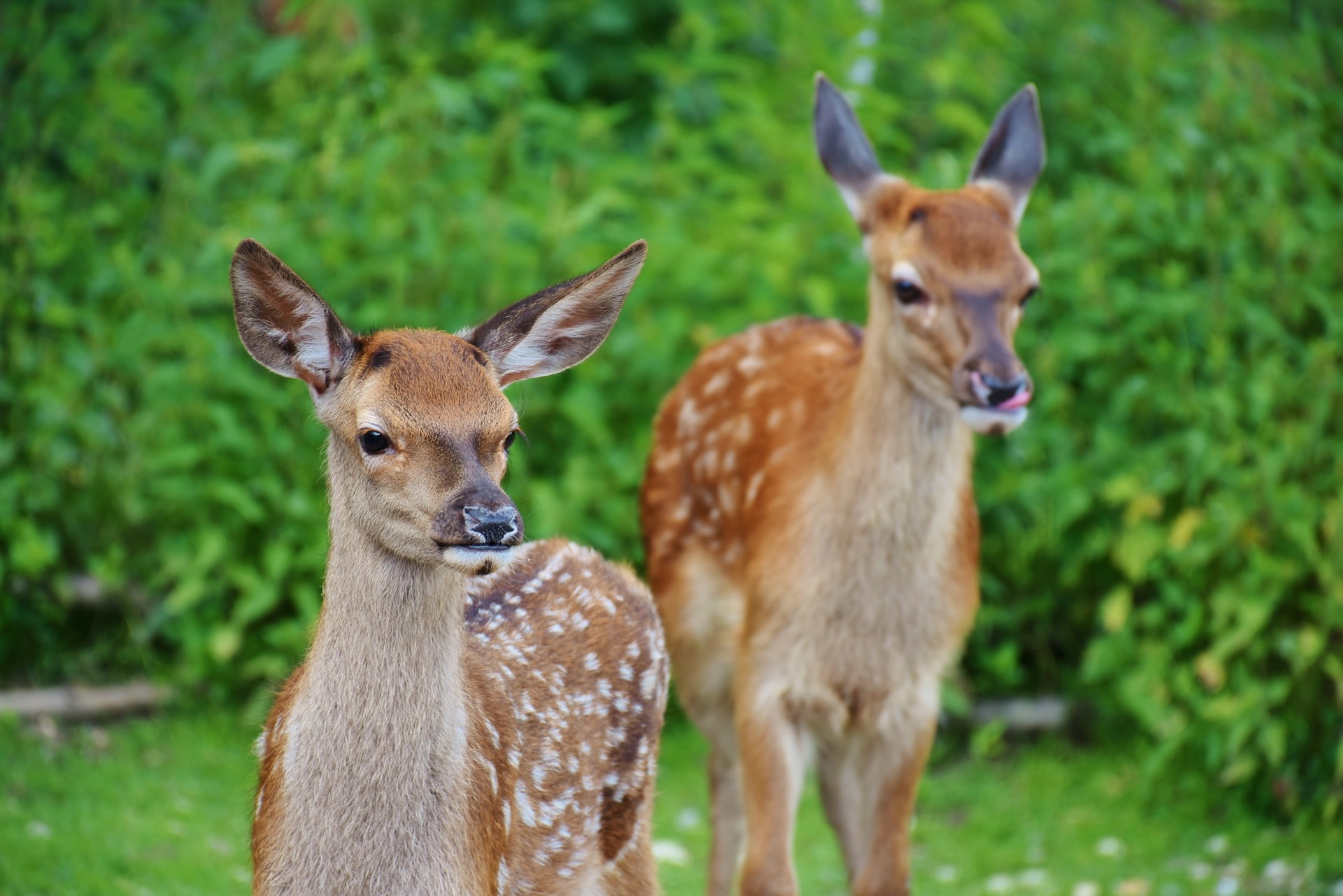Creating a Deer-Friendly Habitat: Land Management for Attracting Wildlife

The beauty of a well-managed property extends beyond its aesthetics; it can become a haven for wildlife, including deer. Whether you’re a passionate hunter or simply enjoy observing nature, creating a deer-friendly habitat is a rewarding endeavor. Moreover, attracting deer to your land can also help maintain a healthy and balanced ecosystem. In this guide, we’ll cover the basics of land management for attracting deer and other wildlife.
Understanding Deer Habits and Needs
Before delving into land management techniques, it’s essential to understand the basics of deer behavior and their needs:
- Food Sources: Deer are herbivores and require a variety of vegetation throughout the year. They feed on grasses, forbs, shrubs, and trees.
- Cover and Shelter: Deer need cover for protection from predators and harsh weather conditions. Thick vegetation, wooded areas, and tall grasses provide suitable shelter.
- Water Sources: Access to clean water is crucial for deer survival. Natural water sources like ponds, streams, or reliable water holes are essential.
- Travel Corridors: Deer often follow established trails and paths to access food, water, and shelter. These travel corridors are vital for their movement.
Land Management Strategies for Deer Habitat
Most of the land management strategies for attracting deer involve providing them with food, cover, water, and safe travel paths. Here are some techniques to consider:
- Establish Food Plots: Planting specific types of crops and vegetation that are attractive to deer can provide a sustainable source of food throughout the year.
- Create Edge Habitat: Deer often prefer areas where different habitats meet, such as the edge of a field or forest. Creating these transition areas can provide food, cover, and travel corridors.
- Plant Native Vegetation: Native plants are essential for deer habitat as they have evolved to thrive in the local climate and provide a diverse range of food sources.
- Manage Timber Stands: Proper timber stand management can create preferred habitat conditions for deer, including an abundance of browse and cover.
- Provide Water Sources: Installing a natural or man-made water source like a pond, stream, or water hole can attract deer to your property.
- Create Brush Piles: Stack cut branches and logs in designated areas to provide shelter for deer during harsh weather conditions.
- Leave Fallen Trees: Dead trees provide cover and food for deer, as they can browse on the leaves and use the trees as shelter.
- Establish Travel Corridors: Strategically leaving openings in fencing or creating paths through wooded areas can encourage deer movement while maintaining boundaries.
- Manage Predators: Controlling predator populations can help reduce pressure on deer populations, allowing them to thrive and inhabit your property.
- Avoid Overpopulation: Too many deer on a property can lead to overgrazing and damage to the land. Proper hunting or culling practices can help maintain a healthy balance.
In Conclusion
Creating a deer-friendly habitat is a gratifying endeavor that not only benefits the deer population but also enhances the natural beauty of your property. By understanding deer needs and implementing land management strategies like planting native vegetation, providing water sources, and maintaining travel corridors, you can transform your land into a thriving sanctuary for wildlife. Whether you’re a hunter or a nature enthusiast, a well-managed deer habitat offers the opportunity to observe and connect with the wonders of the natural world while contributing to the conservation of these majestic animals.




